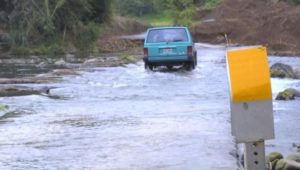
In the days after Hurricane Maria blasted through Puerto Rico, President Donald Trump told officials that, considering the seemingly low death rate, the Caribbean island should be “proud.”
“If you look at the real catastrophe like Katrina and you look at the tremendous hundreds and hundreds and hundreds of people that died,” he said, referring to the hurricane that ripped through New Orleans and killed more than 1,800 people, “16 people versus in the thousands, you can be very proud of all of your people.”
But in the eight months since the president attempted to rally Puerto Ricans with those words, one of the most perplexing challenges remains the mystery of how many of the island’s 3.4 million residents actually died as a result of the Category 4 storm.
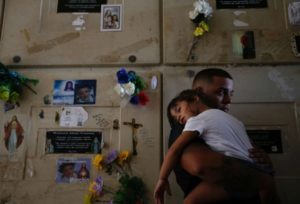
The current death toll, according to the Puerto Rican government, is 64.
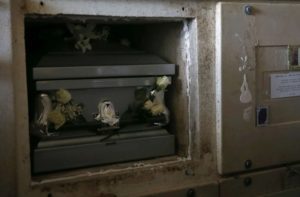
Skepticism has lingered, however, with some Puerto Ricans and its officials believing the number is much higher.
Carmen Yulín Cruz, the mayor of San Juan who was critical of the Trump administration’s recovery response, early on questioned whether the death count was way off.
“I asked for transparency regarding death toll,” she tweeted in November. “Request for funeral homes to provide info=no credibility.”
There was a spike in the mortality rate in the months after Hurricane Maria. According to Alexis Santos, director of graduate studies in applied demography at Pennsylvania State University who has studied the daily mortality data from the Puerto Rico government, says there were approximately 1,000 more deaths on the island in the month after Maria.
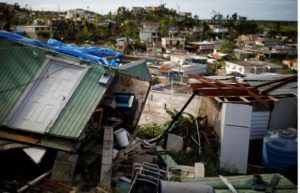
In February, Governor Ricardo Rossello announced that George Washington University would lead efforts to review the death count associated with the storm. The Milken Institute School of Public Health at the George Washington University is heading an independent effort in partnership with institutions on the island.
Dr. Lynn Goldman, dean of that school, told ABC News the task of counting the deaths is an exhausting one. The team will be working with data coming in from various sources.
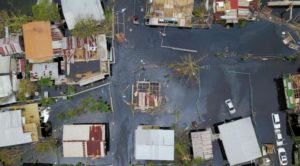
“You can imagine somebody may have a death certificate, and a funeral record and a hospital record,” Goldman said. “We don’t want to report those as three deaths that is only one.”
The George Washington University team will be looking at deaths starting with Maria’s landfall on September 20 through February.
A government official told ABC News that the group will be presenting two reports: a preliminary range of the number of deceased followed by a more extensive report about a year later.
Goldman says the second phase will try to establish if the deaths in the “gray” area -– possible and probable deaths -– were related to the storm.
“In the second phase of this research. That is, where we will go out there and do further investigations … actually interview people who were involved in the care of those folks, possibly family members, people in the community to get more information about the circumstances around the deaths,” she said.
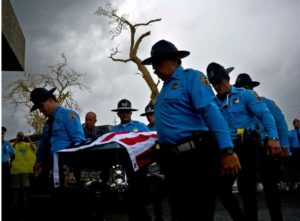
In the days following the storm, Puerto Rico authorities were working off Centers for Disease Control and Prevention guidelines on how to count deaths. A government source tells ABC News that officials did not question the guidelines set by the CDC because of its stature.
It was not until reports of excessive mortality rates on the island that Puerto Rican officials decided to investigate, the source added.
The CDC’s National Center for Environmental Health said in a statement to ABC News: “Disaster-related mortality data collected from death certificates are used to assess the scope of a disaster, identify common risk factors for these deaths, and develop evidence-based public health interventions.”
The Puerto Rico Department of Public Safety said in the days after the storm that any increase in the number of deaths listed as related to Hurricane Maria would happen only if a body was sent to San Juan to be examined by a medical examiner or if a medical examiner went to a town to review a body.
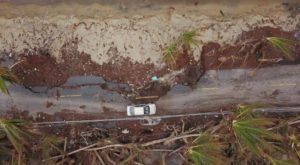
The agency includes fields like drowning, motor vehicle crashes, carbon monoxide poisoning and other injuries to determine whether the cause of death was related to the storm. It also factors in causes like exacerbation of chronic disease and lack of access to life-saving medical care.
Goldman’s team, headed up by Carlos Santos-Burgoa, who is a doctor and epidemiologist, has a different approach.
“I would say that the guidelines that they were following were the guidelines for an immediate scoping of the impact of a disaster. People were comparing the numbers of deaths to numbers from Hurricane Katrina. In many ways what we would consider to be the disaster phase of the episode went on for much longer in Puerto Rico,” Goldman said.
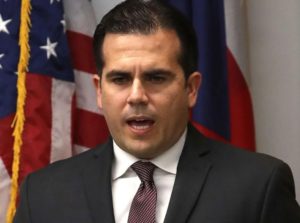
Gov. Ricardo Rosello’s office declined to comment to ABC News about the investigation. At the press conference announcing GWU as the lead team in February, however, Rossello said: “It is our interest that experts can identify as accurately as possible the deaths directly and indirectly associated with the hurricane to improve protocols for future natural disasters.”
For Goldman, counting the dead goes beyond establishing a figure for the record books.
“I just think that it is built into our DNA. It is who we are that we care about those that have died and we want to know about what happened to them,” Goldman said. “We want to honor them.”
COMMENTS